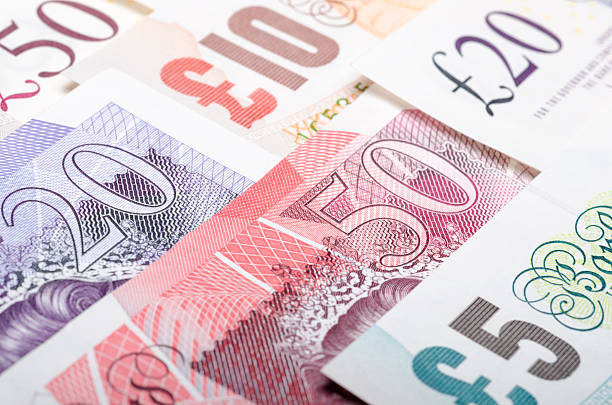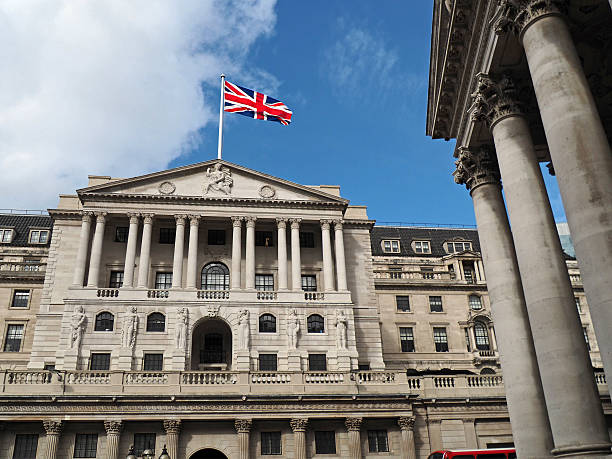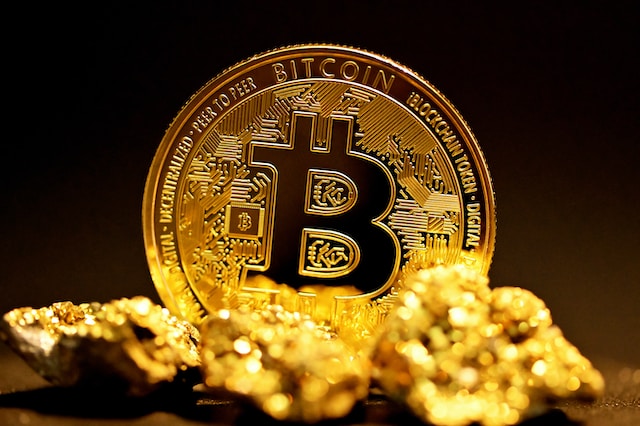Mexican Peso edges lower as traders cover their longs
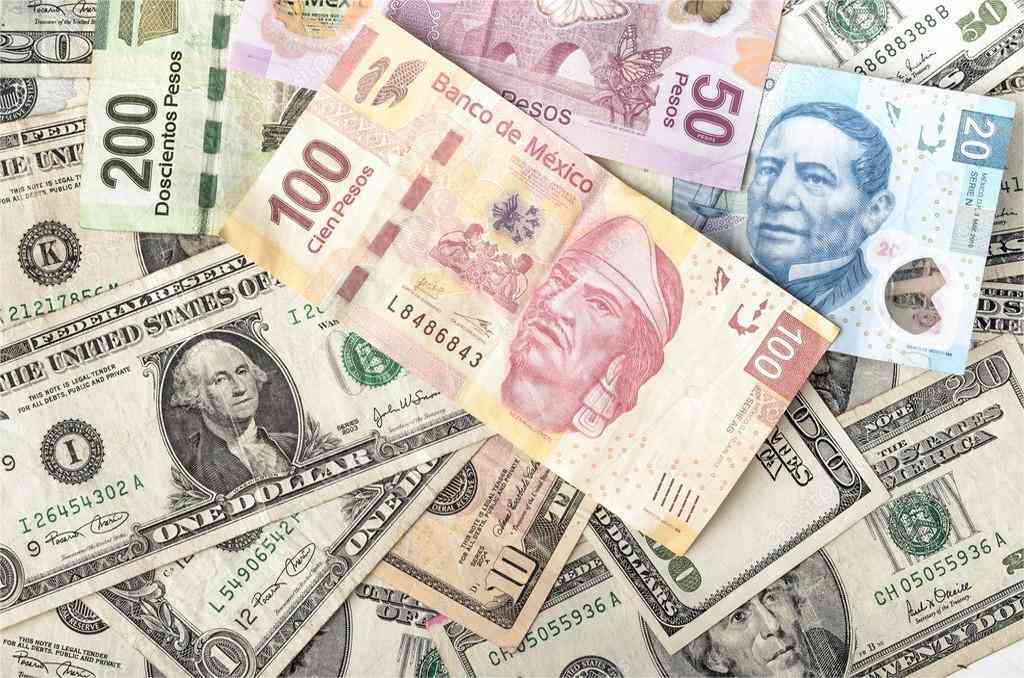
- The Mexican Peso edges lower as traders opt to cover their longs following the recent rally.
- An easing in market risk has helped the Peso recover, as does stubbornly high inflation expectations in Mexico.
- The Pound Sterling is rising the most against the Peso on Friday after strong UK data.
The Mexican Peso (MXN) is edging lower in its key pairs on Friday as traders take profit from their recent longs. This comes after the Peso gained almost 2.5% in recent days following a turnaround in risk sentiment which has aided emerging market FX.
Lower interest rates are normally negative for a currency as they attract less foreign capital inflows. Although the Banco de Mexico (Banxico) is expected to continue cutting interest rates, the MXN has held its value relatively well due to both the high starting level of its interest rates (over 10%) and the view that stubbornly high inflation could make future cuts more gradual than expected.
At the time of writing, one US Dollar (USD) buys 18.63 Mexican Pesos, EUR/MXN trades at 20.47, and GBP/MXN at 24.02.
Mexican Peso eases after recent rally
The Mexican Peso is edging lower in its most-traded pairs at the end of the trading week.
Better-than-expected US Retail Sales and Initial Jobless Claims data on Thursday helped scotch concerns the US might be on the verge of entering a recession, leading to a general rebound in morale. Although this helped support the US Dollar (USD), it also appreciated the risk-sensitive Mexican Peso.
The VIX volatility index, a common gauge of investor nervousness, has fallen to below the levels it was at prior to the weak July Nonfarm Payrolls triggered the panic sell-off, according to Jim Reid, Research Strategist at Deutsche Bank. This suggests the market has fully recovered from its bruising start to the month – a further plus for emerging market FX.
The Pound Sterling (GBP) is the major currency that is rising most against MXN on Friday. This comes after a slew of data was released out of the UK – including Retail Sales, Industrial Production, Manufacturing Production and GDP – which either beat or came out in line with estimates.
More broadly, a background factor that is supporting the Peso may be the perception that inflation could remain elevated for longer than expected, forcing the Banxico to cut interest rates at a more gradual pace than expected.
Headline inflation in Mexico remains elevated at 5.57% and this could be further supported by stubbornly high dwelling inflation, according to research by Capital Economics. That said, core inflation has fallen for 18 consecutive months to 4.05% and was the prime reason leading Banxico to go for the unexpected 0.25% interest rate cut at its August meeting.
The rate cut brought Banxico’s policy rate down to 10.75%. Relatively speaking, this remains high and continues to attract carry trade flows. The carry trade is an operation by which traders borrow in a currency with low interest rates, like the Japanese Yen (JPY) or the Swiss Franc (CHF), and use the money to buy higher-interest paying assets or currencies such as the Peso.
Technical Analysis: USD/MXN resumes down leg within channel
USD/MXN resumes its down move within a rising channel after the short-lived pullback petered out. This leg lower within the channel is expected to continue, possibly to either the 50-day Simple Moving Average at 18.40 or the lower channel line in the 18.30s.
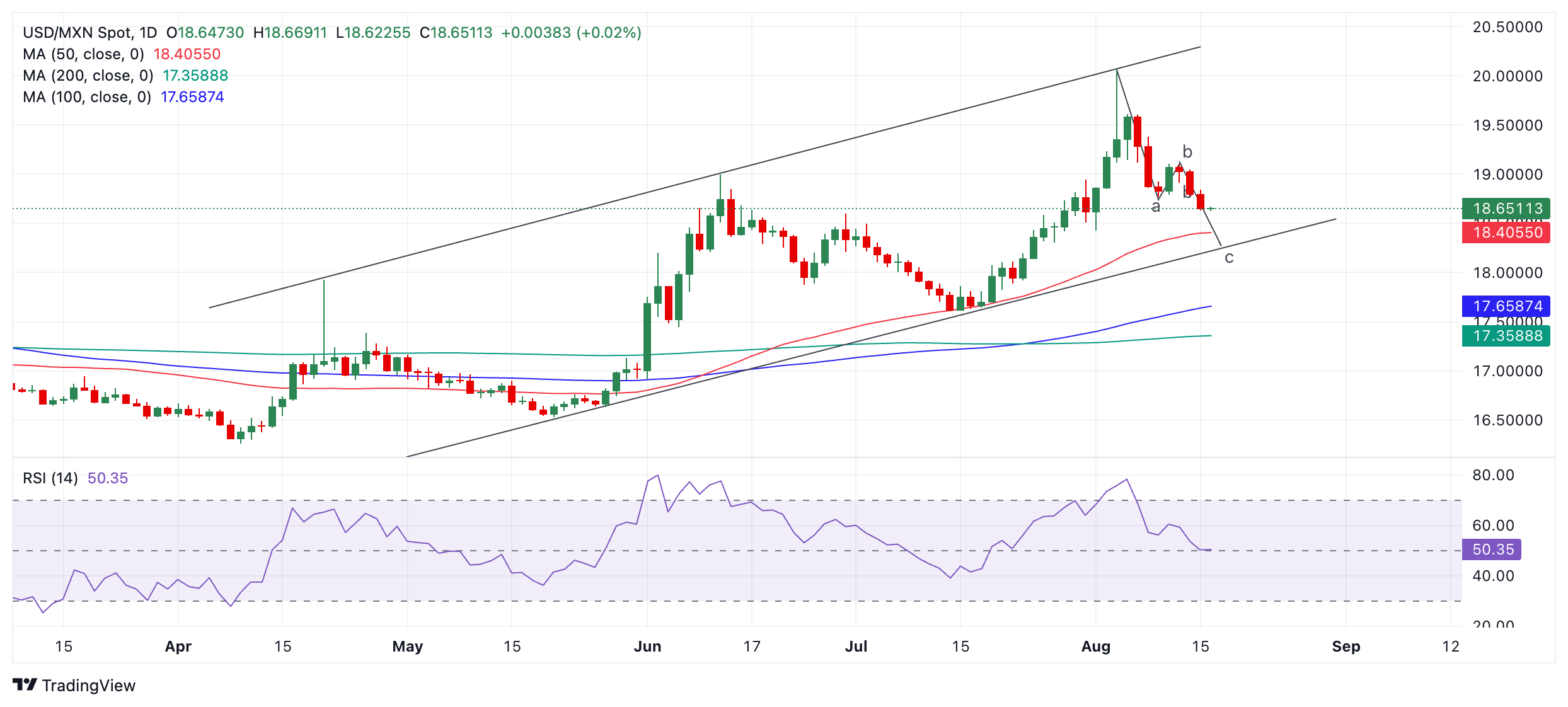
USD/MXN Daily Chart
USD/MXN could be unfolding in a bearish abc correction within its rising channel. If so, it looks as if waves “a” and “b” have finished and wave “c” is currently evolving. Usually wave c is a similar length to wave a or a Fibonacci ratio thereof, so the move lower still probably has further to go. It will likely reach the 50-day SMA or even the lower channel line.
Banxico FAQs
What is the Bank of Mexico?
The Bank of Mexico, also known as Banxico, is the country’s central bank. Its mission is to preserve the value of Mexico’s currency, the Mexican Peso (MXN), and to set the monetary policy. To this end, its main objective is to maintain low and stable inflation within target levels – at or close to its target of 3%, the midpoint in a tolerance band of between 2% and 4%.
How does the Bank of Mexico’s monetary policy influence the Mexican Peso?
The main tool of the Banxico to guide monetary policy is by setting interest rates. When inflation is above target, the bank will attempt to tame it by raising rates, making it more expensive for households and businesses to borrow money and thus cooling the economy. Higher interest rates are generally positive for the Mexican Peso (MXN) as they lead to higher yields, making the country a more attractive place for investors. On the contrary, lower interest rates tend to weaken MXN. The rate differential with the USD, or how the Banxico is expected to set interest rates compared with the US Federal Reserve (Fed), is a key factor.
How often does the Bank of Mexico meet during the year?
Banxico meets eight times a year, and its monetary policy is greatly influenced by decisions of the US Federal Reserve (Fed). Therefore, the central bank’s decision-making committee usually gathers a week after the Fed. In doing so, Banxico reacts and sometimes anticipates monetary policy measures set by the Federal Reserve. For example, after the Covid-19 pandemic, before the Fed raised rates, Banxico did it first in an attempt to diminish the chances of a substantial depreciation of the Mexican Peso (MXN) and to prevent capital outflows that could destabilize the country.


